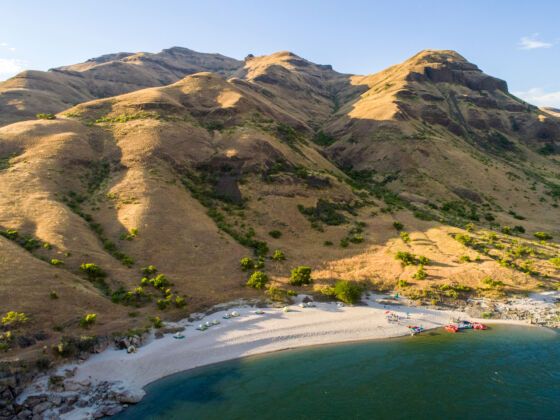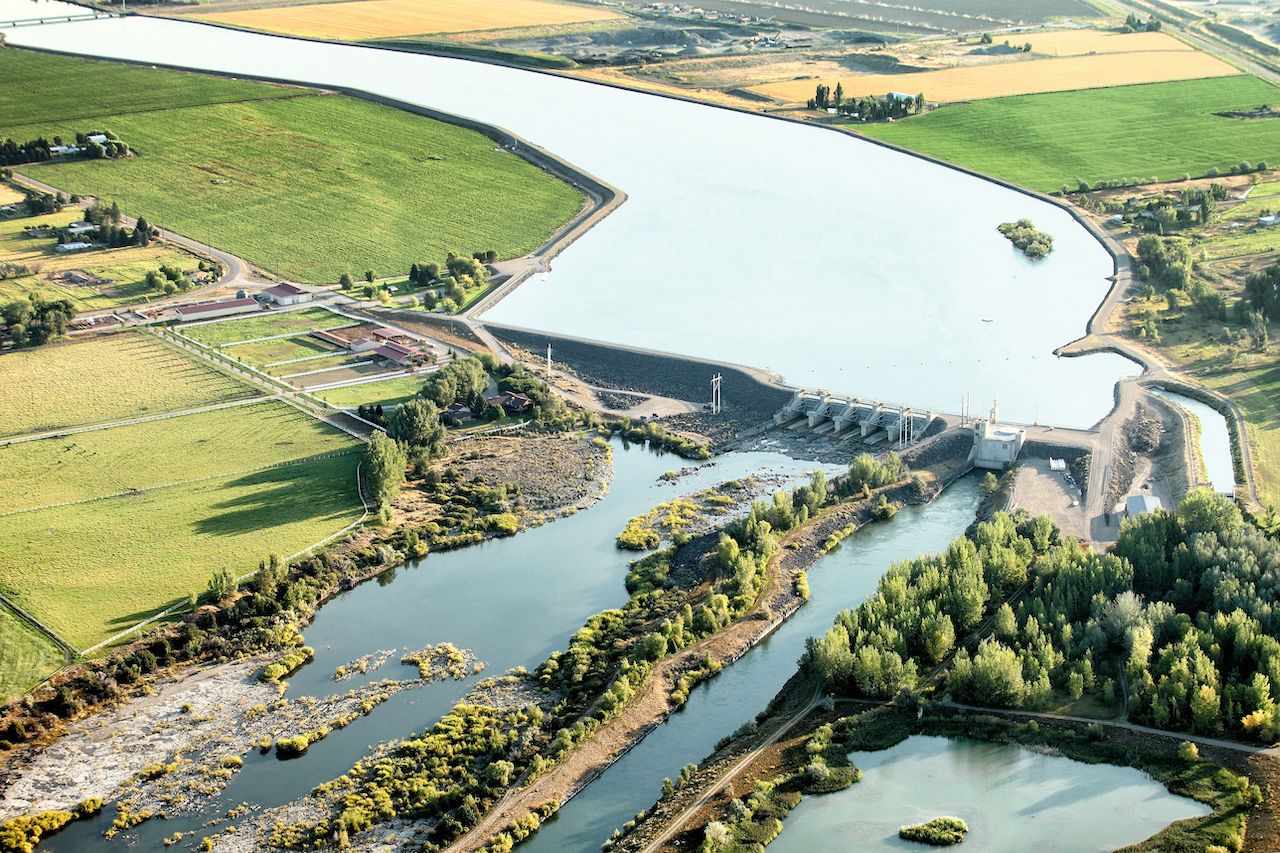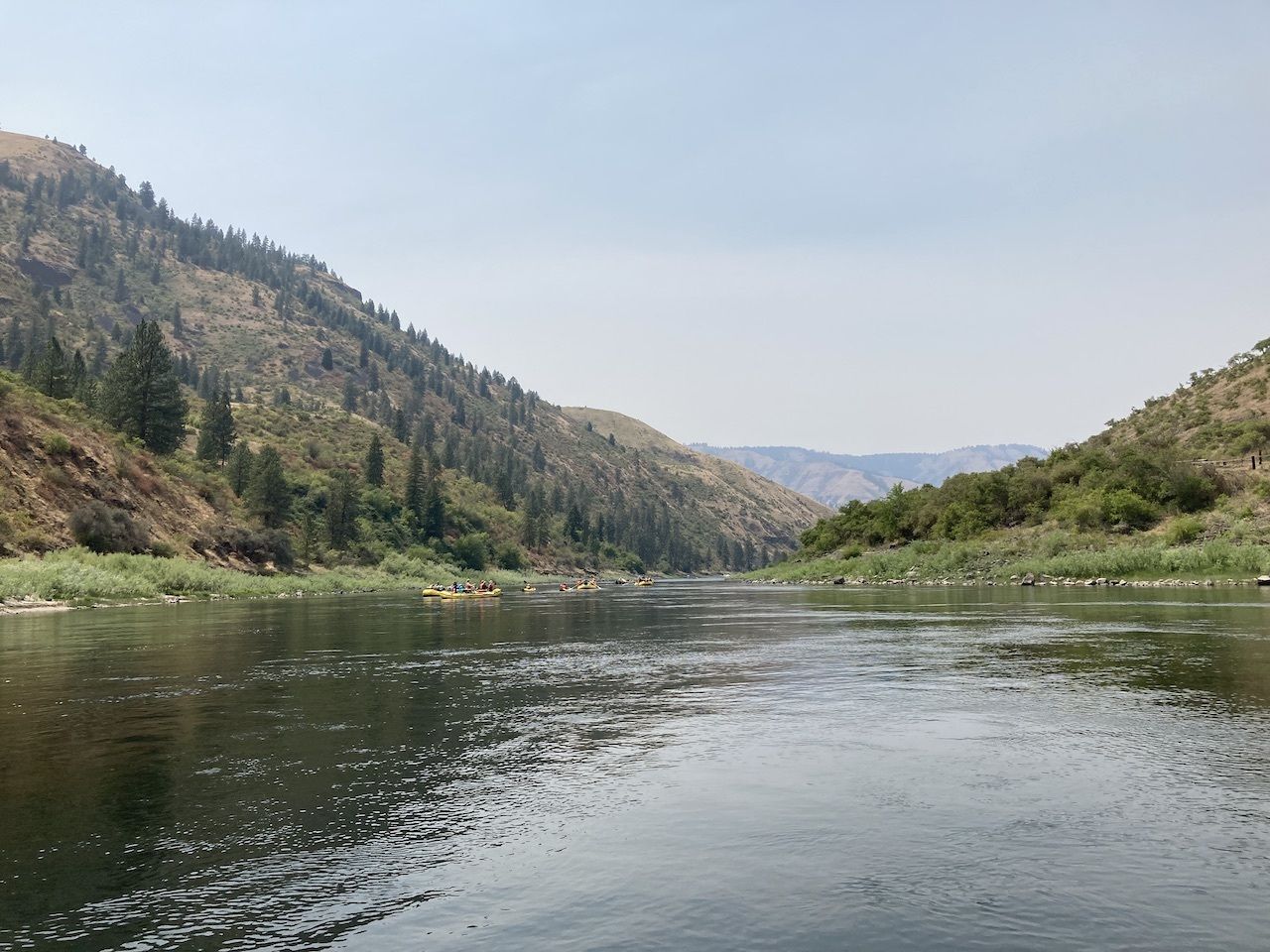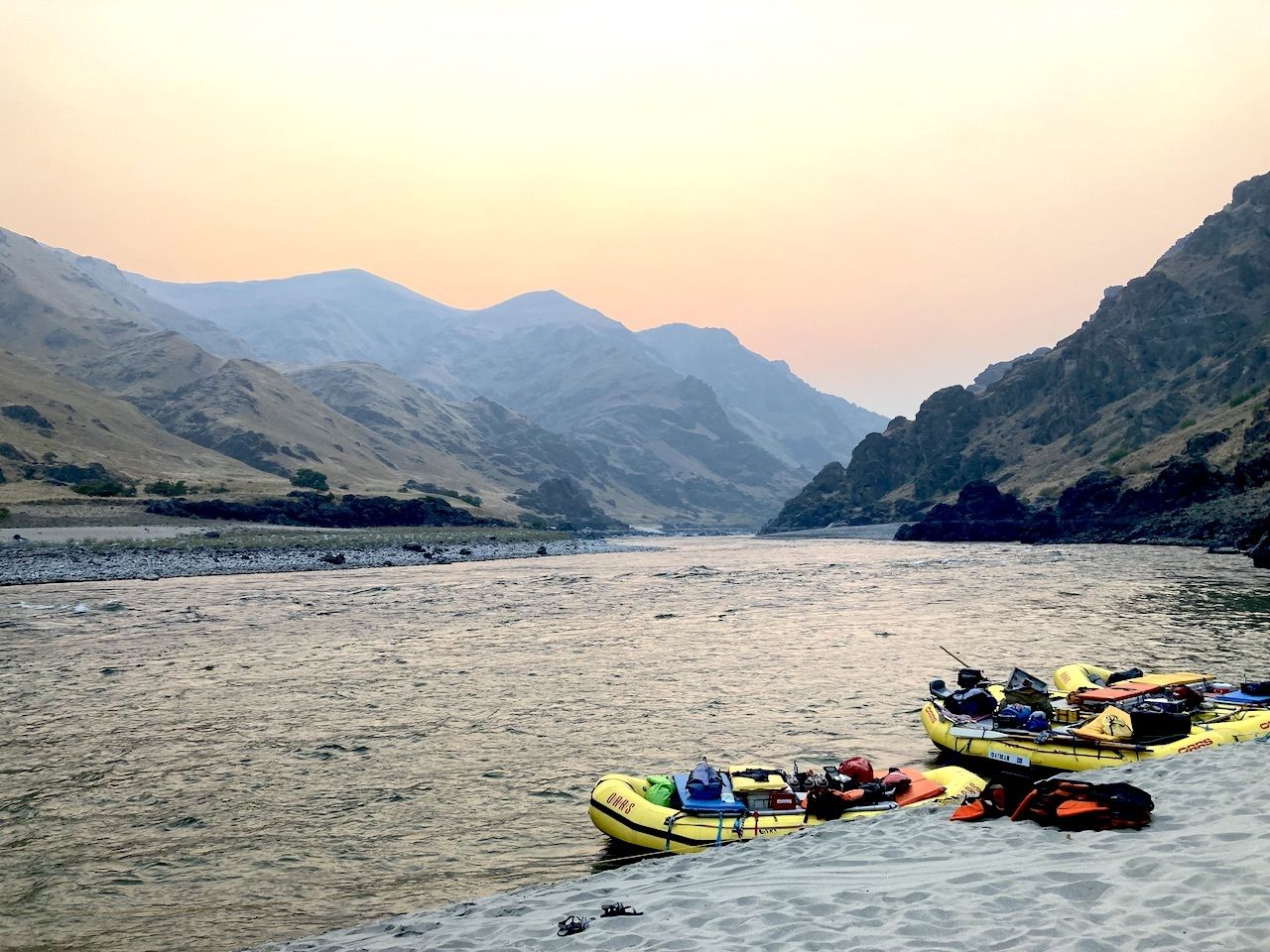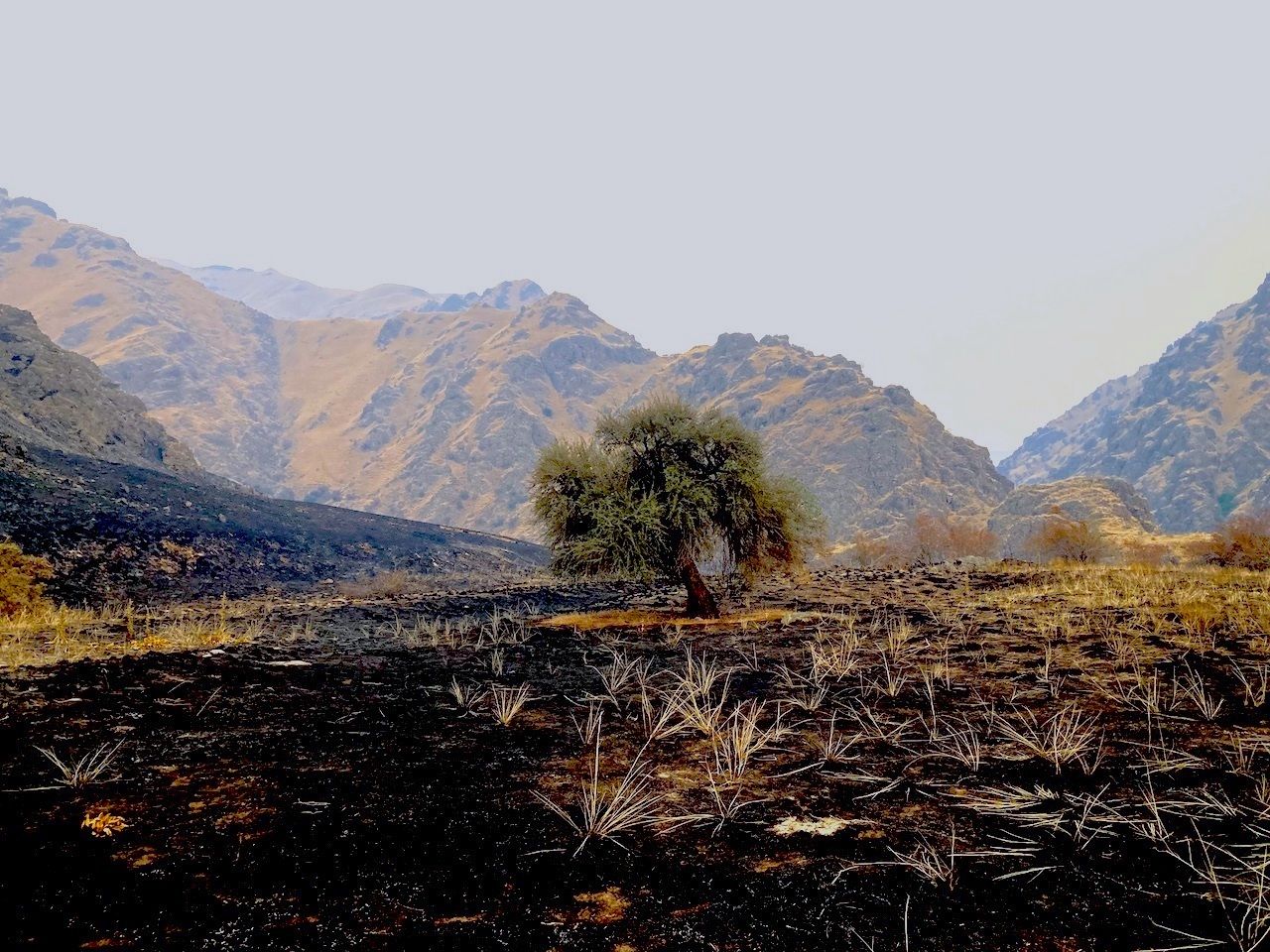“In the west, when you touch water, you touch everything.” – US Rep. Wayne Aspinall, D-Colorado, 1896-1983
On a recent trip down the Lower Salmon River in Idaho, I occupied a rear seat in a dorie, a flat-bottomed, shallow-draft boat used to navigate fast-moving rivers. As we proceeded through the Class III Snow Hole Rapid, the watercraft seemed the ideal vantage point to pass through the trip’s most intense rapids. It was a craft that had helped to make OARS, our guiding company, a pioneer in commercial whitewater trips.
The river flowed at 3,500 cubic feet per second (CFS), significantly below the average for mid-July, but the low water presented its own challenges with fin-shaped rocks darting towards the sky from the river’s surface. On our 70-mile journey, we’d pass four distinct canyons and through the Lower Salmon River’s confluence with the Snake River at Devil’s Canyon. Over four days, I experienced firsthand how the Northwest is coming together to fight for the sockeye salmon and for the rivers that bring the region together.
